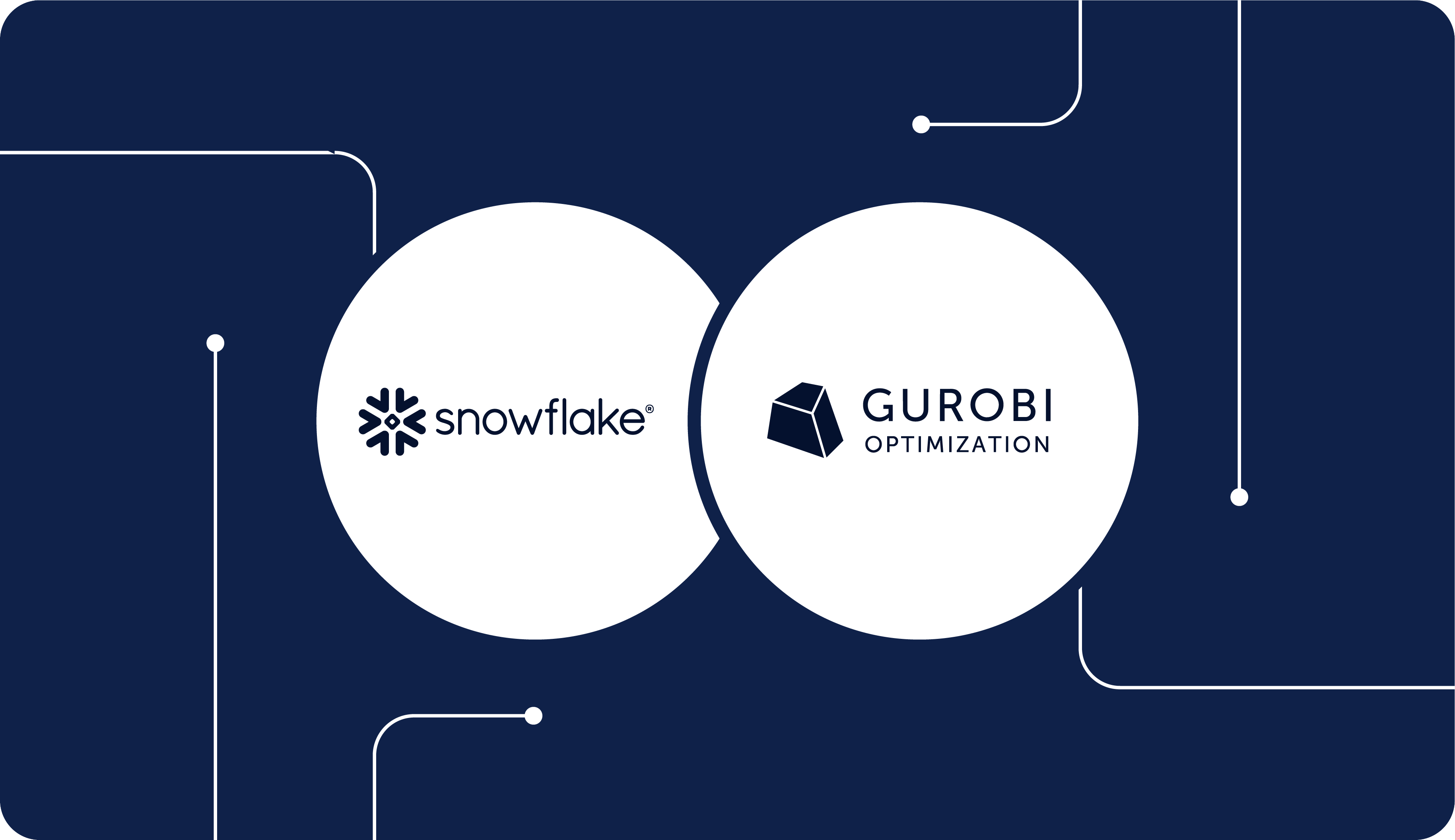Production Scheduling refers to the decision-making process of defining manufacturing schedules on both a goods and resource level. Optimal production scheduling is vital to ensure that all available resources are effectively utilized to maximize throughput, minimize inventory, optimize machine utilization, and increase profits.
There is No Shortage of Methods for Production Scheduling
A variety of methods for production scheduling exist – from business operator decisions to rule-based heuristics to complicated simulation and optimization methods.
Organizations can apply these methods in conjunction with one another:
- Rule-based methods: Use a static spreadsheet of past scheduling times which have resulted in high throughput on a manufacturing floor to drive decisions. These methods leverage historical data and operator expertise for scheduling rules that are easy to understand and implement.
- Optimization methods: Formulate the scheduling problem as a linear or mixed-integer model. Optimization methods based on mathematical models can identify production schedules that significantly improve upon baseline schedules from those based on rules.
- Simulation-based methods: Model each piece of the manufacturing pipeline and their interactions as a simulation to account for random fluctuations in processing times and run what-if scenario analysis. It may not always be feasible in a complex manufacturing plant to have accurate modeling and every machine optimized. Simulation-based methods enable tractable scenario analysis to determine optimal schedules.
Common Pitfalls for Each Scheduling Method
While employing the production scheduling methods discussed above, we should be aware of the following pitfalls:
- Suboptimal results: Rule-based methods often lead to less-than-optimal schedules as they do not account for changing conditions or unexpected events. Such methods often overlook critical operational requirements and plant complexities. Additionally, confounding variables and incorrect causal inference can also lead methods like these to fail in practice.
- Computational complexity: While optimization methods are extremely powerful, they do not always scale well to significant problems. As a result, computational times can be a bottleneck for production scheduling when the turnaround time for newly digested information is near real-time.
- Uncertainty and responding to real-world events: The world is full of inherent randomness and changing conditions. Simulation methods can fail to accurately capture this uncertainty in their results if their underlying distributions are inaccurate.
Data Science to The Rescue
The explosion in the availability of data along with the development of modern machine learning (ML) and artificial intelligence (AI) algorithms provides ways to address these issues described above.
This is achievable in two significant ways:
- Reducing uncertainty: All production scheduling methods rely on the quality of problem inputs. Accurate characterization of uncertainty helps improve production schedules. For example, more accurate demand/supply forecasts are possible with time-series forecasting. More accurate equipment availability forecasts can be based on time-to-failure and survival analysis. A better understanding of the plant operations is obtainable with discrete-event simulations.
- Faster decision-making: The use of AI/ML allows scheduling decisions that improve on rule-of-thumb-based methods. Importantly, they are fast in production and provide recommendations in real-time to adapt to the changing production environment.
Examples of Data Science-Based Production Schedule Optimization
A few examples of data science-enabled production scheduling methods are below:
- Dow Chemical Company has developed AlphaDow, a reinforcement learning-based industrial production scheduling system. Algorithms such as deep reinforcement learning can ingest and analyze massive quantities of data during training. They are extremely fast in production allowing for efficient real-time adaptation to new information as it becomes available.
- A research study showed improvement in copper production by 7% by devising a self-learning artificial intelligence-based production scheduling algorithm for an industrial mining complex.
- The Aimpoint Digital team addressed the optimal production scheduling problem working for a large manufacturing client. In this instance, production environment uncertainties significantly affected the processing times leading to significant uncertainties in the client’s operations. Our team employed data mining and discrete event simulation techniques to quantify this uncertainty based on historical data. With a handle on uncertainty, our team generated a production scheduling algorithm that improved the client’s rule-based model by up to 25% in specific scenarios, generating millions in additional revenue.
Aimpoint Digital Extracts the Maximum Value From Your Data
By combining data science methods with traditional optimization and simulation for production scheduling, we can generate an optimal production scheduling system that is robust to uncertainties inherent in the real world. The modern economy is racing towards the implementation of AI/ML solutions to leverage the true potential of the mass amounts of data being collected.
Contact us to make the most out of your data and optimize your production schedules!

